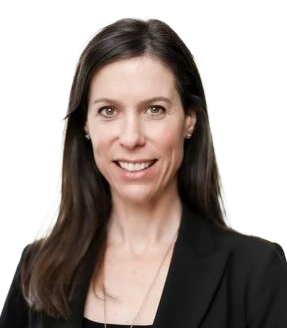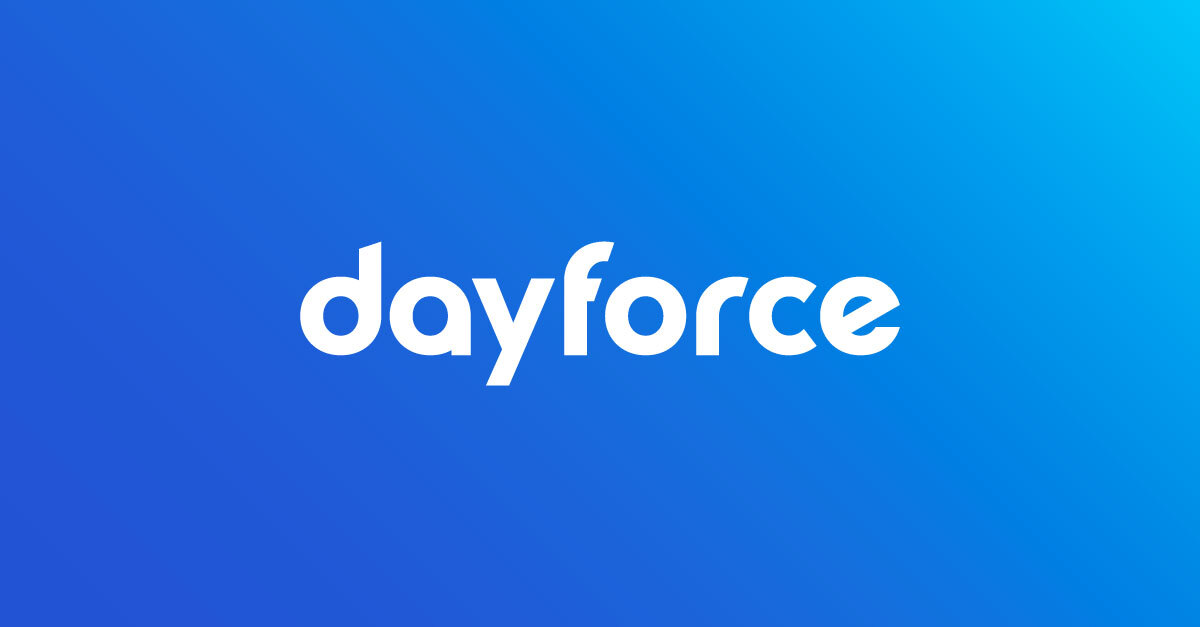From compliance to connection: How Uniting NSW.ACT simplified work for frontline teams
Discover how Uniting NSW.ACT reshaped systems, culture, and leadership to better support its people and elevate care.

Table of Contents
In sectors where regulation is tight and the stakes are high, organisations are facing increasing pressure from all sides - stretched resources, growing compliance demands, and a workforce calling out for modern, responsive support. The question is no longer whether transformation is needed, but how to do it well. It requires clarity of purpose, thoughtful leadership, and systems designed to support people without overwhelming them.
At Uniting NSW.ACT (Uniting), one of Australia’s largest not-for-profit aged care providers, these measures became the foundation for its 10-year strategy aimed at making frontline work simpler and more fulfilling. From modernising back-end systems to creating better employee experiences, the organisation has taken considered steps to elevate the employee experience.
“We want people to love working here,” says Dr Anat Hassner, Chief People and Strategy Officer. “And that means starting with the experience they have every day, from how they’re supported, how they’re led, and how easy we make it to do their best work.”
Below are four key lessons from Uniting’s transformation: practical insights into how organisations in regulated sectors can build better systems, better cultures, and ultimately, better care.
Lesson 1: Systemic change starts with a people-first mindset
From the outside, the challenges facing aged care may seem technical, including compliance demands, regulatory changes, and workforce shortages. But from the inside, they’re intensely human, with frontline employees managing emotions, lives, and families. Every hour spent navigating outdated systems and manual processes was an hour taken away from caring for people.
“The real driver behind our service is people, but it’s not enough to hire great staff,” says Hassner. “Retention is just as critical. You keep people by consistently showing them that you care through what you say, and how you lead and support them.”
With a workforce of 11,500 people spread across approximately 500 services, consistency had to be designed into the system. “I didn’t want anything HR-related to feel hard,” Hassner adds. “So we committed to creating a robust change management process and making the experience for our people as easy as possible.”
That meant starting with a full HR back-office transformation. “We reviewed all our ways of working and aligned them with Dayforce to implement best practice,” she explains.
Hassner’s advice for others facing similar challenges is to choose a vendor you can truly partner with. “We needed to have a good relationship with the vendor, one shaped by trust, honesty, and openness,” she says. “We didn’t want to work with people who wouldn’t tell us the truth about what would work and what wouldn’t.”
Lesson 2: Create a seamless experience for the people who deliver care
Companies are increasingly relying on more systems and tools to reduce administrative work. However, having too many systems can slow down productivity, as stated by 69% of employee respondents from Australia and New Zealand in a recent Dayforce study.
At Uniting, years of workarounds had created a patchwork of disconnected systems and manual processes. The complexity slowed everything down, making everyday work harder than it needed to be.
“We had so many legacy systems that were no longer working well together,” recalls Hassner. “The amount of workaround and manual interventions had grown dramatically over the years. We needed to pull that back and look at how we could adopt best practices.”
With Dayforce, Uniting switched to a single, unified platform, which became a central place for staff to manage rosters, leave, and schedules, helping to free up more time for care. Just as importantly, it creates a consistent way to communicate and connect with teams, helping them feel more supported.
With systems no longer holding Uniting employees back, new opportunities emerge for employee mobility, communication, and career growth.
Lesson 3: Use tech transformation as an opportunity to enhance culture and engagement
Hassner saw the need for system change as an opportunity to shift the culture from one centred on compliance to one centred on people, safety, and inclusion.
“Being compliant wasn’t about ticking a box, and we wanted to move away from a culture that centred around compliance,” says Hassner. “Not because compliance isn’t important, but because ticking a box isn’t necessarily going to improve care. So we explored how we could use that compliance requirement and turn it into giving better care, so our frontline employees could focus on holding a hand, and not a pen.”
That shift involved clarifying roles, streamlining decision-making processes, and assigning ownership. “Getting really clear on business architecture and process ownership has been critical,” says Hassner. “When one person is clearly responsible for a process or role, decisions are made faster and with more consistency. Simplifying and standardising has been a cultural journey for us.”
Dayforce played a central role in that shift. By helping simplify processes, staff became more efficient and more engaged. “The investment in backend systems has been fantastic,” says Hassner. “We’re expecting significant transformation as a result of the system implementation, including major positive changes to the way our employees interact with corporate,” shares Hassner.
For Uniting, culture is experienced by employees every day in the tools they use, the decisions they’re empowered to make, and the sense that their work matters.
Lesson 4: Bring leadership on the journey
Hassner knew that numbers wouldn’t be enough to secure the investment the organisation needed for its transformation. That’s why Hassner sought to change the conversation from replacing a system to enhancing the employee experience.
“To get buy-in, I led with stories, not spreadsheets,” she said. “I wanted key stakeholders to understand what it’s actually like to navigate multiple disconnected systems, and what it could feel like if we went full suite with Dayforce.”
To bring this to life, she created two personas: one from community services and the other from aged care and then narrated their daily journey. This helped leaders see the frustration of toggling between platforms and chasing approvals. They also learned about the alternative, a unified solution that freed up time for care.
“I painted a vision of what our organisation could look like if we had one platform that helped our frontline team do their best work, with their energy directed toward customers, not compliance,” she explains.
Beyond efficiency, Hassner shared how the new solution would help protect people and the organisation’s reputation. “When the board understood the risk of pay errors, disconnected systems, and compliance failures, our leaders moved from focusing on compliance to thinking about transformation,” says Hassner. “Because what we really needed was a transformation of care.”
While Uniting’s transformation is still unfolding, it's already having an impact. By centering people at every stage of the journey, the organisation has shown that care and compliance don’t have to compete. With the right systems, leadership, and intent, it’s possible to build workplaces where staff feel valued, supported, and empowered to do the work they’re meant to do.
You may also like:
Ready to get started?


